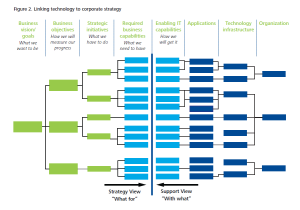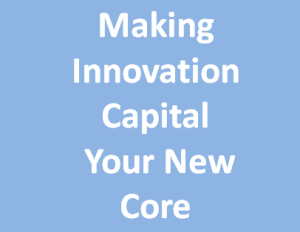
In the past twelve months or even more, I think there have been some exceptional reports and thinking coming out of Deliotte’s group on business issues
These have been from their dedicated practice centers, their University Press and the Deliotte Consulting LLP, mainly from the US practice.
I would regard their thought leadership as close to the top or even at the very top of any of the big consulting firms.
I’ve certainly gained some richer understanding as I am sure many others have and for me Deloitte deserve significant praise for investing in their thought leadership thinking. Continue reading “The challenge for the CIO is the fusion of business and IT.”








